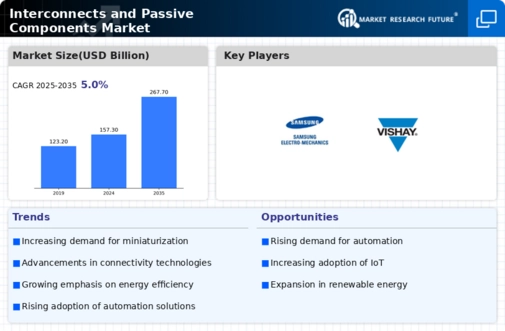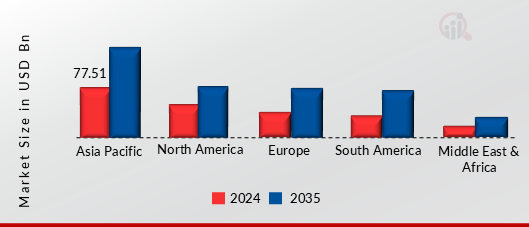Market Share
Interconnects and Passive Components Market Share Analysis
The Interconnects and Passive Components Market, a critical sector within the electronics industry, is characterized by a complex web of market share positioning strategies aimed at gaining a competitive edge. One fundamental strategy involves differentiation through technological innovation. Companies in this market continuously invest in research and development to create advanced interconnects and passive components that offer superior performance, reliability, and efficiency. By staying at the forefront of technological advancements, these companies position themselves as leaders, attracting customers seeking the latest and most reliable solutions for their electronic devices and systems.
Cost leadership is another prominent strategy in the Interconnects and Passive Components Market. Many companies focus on achieving economies of scale, optimizing production processes, and negotiating favorable deals with suppliers. By driving down manufacturing costs, these companies can offer competitive pricing for their products, making them more attractive to a broad customer base. This strategy is particularly effective in price-sensitive markets where cost considerations play a significant role in purchasing decisions.
Market segmentation is a key approach in this industry. Companies analyze the diverse needs of their target customers and develop interconnects and passive components tailored to specific applications or industries. For example, they may create specialized components for telecommunications, automotive, aerospace, or consumer electronics. This targeted strategy allows companies to address unique requirements and positions them as experts in specific niches, enabling them to capture a larger share of those markets.
Collaboration and partnerships play a crucial role in market share positioning within the Interconnects and Passive Components Market. Companies often form alliances with original equipment manufacturers (OEMs), other component manufacturers, and technology providers. These collaborations can lead to joint product development, shared research initiatives, and combined marketing efforts. By aligning themselves with key players in the industry, companies can leverage their collective strengths to gain a stronger market position and access new customer segments.
Geographical expansion is a significant aspect of market share strategies in the Interconnects and Passive Components Market. Companies aim to establish a strong presence in key regions with growing demand for electronic components. This may involve setting up local manufacturing facilities, partnering with regional distributors, or tailoring products to meet specific regional standards and regulations. By strategically expanding their geographical footprint, companies can tap into emerging markets and increase their overall market share.
Furthermore, product lifecycle management and continuous innovation are critical for maintaining and growing market share. The rapid pace of technological change in the electronics industry necessitates a commitment to ongoing product development. Companies that invest in keeping their product portfolios updated, addressing obsolescence concerns, and introducing new and improved components are better positioned to meet evolving customer demands and stay ahead of the competition.





Leave a Comment